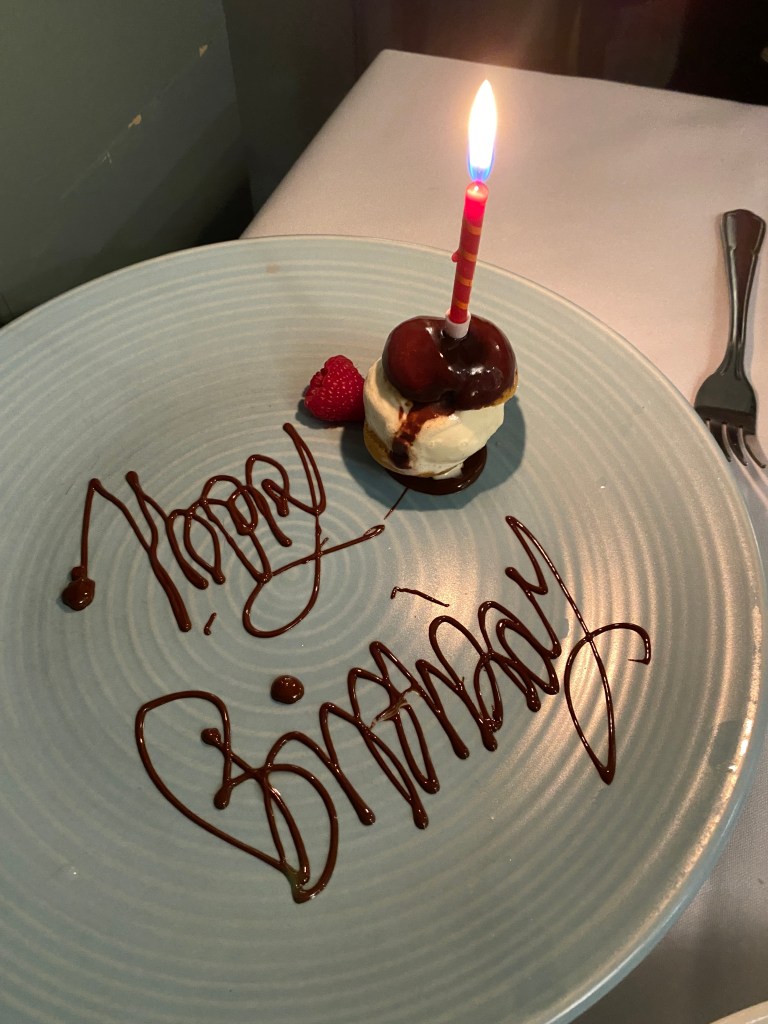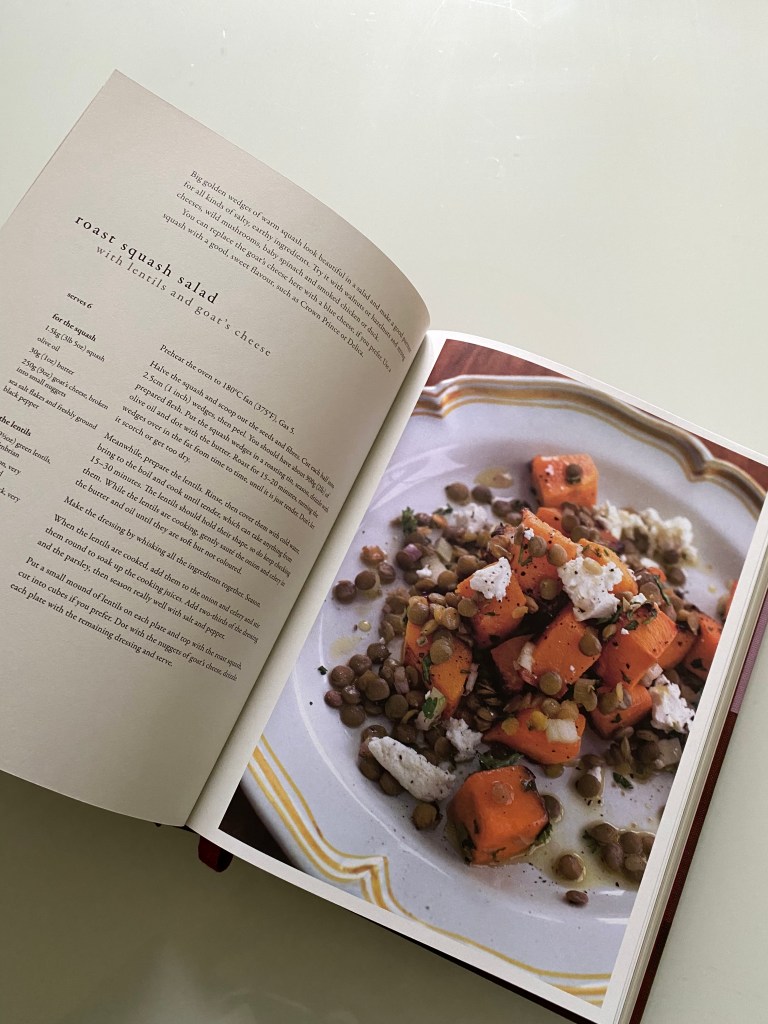This might just be the book I am proudest to have finished in my ‘finish a book’ challenge! I am ashamed to say that I bought it when it was first published in summer 2022 (a signed hardback copy no less!), began reading it almost immediately, when I went on holiday I think, set it to one side when life got a bit busy again and then never seemed to get around to finishing it, despite a second and third wind each time I went on holiday thereafter. It’s not even a difficult book to read; it’s divided up into highly readable chunks (the sub-title of the book is “Essays and occasional pieces 2004-21”), the kind you can read in ten to fifteen minutes between chores and deadlines, so I have no absolutely no excuse or explanation.
I determined to finish this one though, not least because it is big and is taking up a substantial amount of the space on my bedside pile, and I have loved it. I’ve read just over half of it in the last couple of weeks and it has been a joy. Margaret Atwood is truly an international treasure. She must surely be one of the world’s finest living writers. I cannot believe she hasn’t won a Nobel Prize for The Handmaid’s Tale at the very least. Many of the pieces in this book are speeches she has given at various conferences, symposia or charitable events. Her wit is sharp and acerbic and she has an eye for the absurd that is unmatched in my opinion. Reflecting in 2015 on the tepid reception of The Handmaid’s Tale when it was first published, she writes of one New York Times reviewer:
Being dissed in the Times invariably causes your publishers to cross to the other side of the street when they see you and then run away very fast and hide under a rock. The reviewer was the eminent American novelist and essayist Mary McCarthy, and she was not amused. (She was not amused in general, so I was not alone in failing to amuse her.)
(From “Reflections on The Handmaid’s Tale”, 2015, pp 245-258
She is profoundly intellectual, awesomely clever and well-read, and yet she has a kind of down to earth common sense that must have come from her unremarkable upbringing, much of which was spent in the deeply rural settings in Canada where her scientist father worked. She is as comfortable writing about Shakespeare, the classics and the ancients, philosophy, as she is about day to day life and can be laugh-out-loud funny about both. Have a look at the following two excerpts. The first is a comment on the English syllabus she studied at school, the second on the battles of the sexes:
There was a set curriculum for all five years of all high schools in the province of Ontario, Canada. We Canadians are residing within the mindset of the British Empire – to which we had belonged for a couple of centuries – and thus, for English Literature, the curriculum featured some things you most likely wouldn’t be able to drag the kids through today. Two novels by Thomas Hardy in five years? Good luck with that! And The Mill on the Floss, a serious-business novel by George Eliot. There was a lot of nineteenth century literature because there was no sex in it, or not right there on the page, though some of the books had some hot action in the margins.
(From “Shakespeare and Me: a tempestuous love story”, 2016, pp 293-305)
And that is why men do not pick up their socks from the floor once they have taken them off: men simply do not see these socks, having evolved to notice only animals that are moving. Whereas women can easily distinguish the socks from the background of floor carpet, having evolved to gather mushrooms – which the discarded socks closely resemble in form, and sometimes in texture and aroma…..If the socks could be equipped with tiny solar lights that would flash on and off, the men would be able to see them, and of course – being unselfish and altruistic – would scoop them off the floor and put them into the laundry basket, and one more major cause of human unhappiness would be eliminated!
(From “Greetings Earthlings! What Are These Human Rights of Which You Speak”, 2018, pp368-379)
Two of her major preoccupations, particularly towards the end of the book concern the rise of misogyny and hate, and particularly in America at the time of the 2016 election, and the speeding up of climate change and the threat to life on earth as we know it. In a speech given just before the 2016 election entitled “We Hang by a Thread” she said:
During the campaign we have seen an outpouring of misogyny not witnessed since the witchcraft trials of the seventeenth century…..This is a reminder to us that the hard-won rights for women and girls that many of us now take for granted could be snatched away at any moment. Culturally, those rights are very shallowly embedded – by which I mean they haven’t been around that long, historically, and that they are not fervently believed in by everyone in the culture. It seems that the male candidate for president of the United States, for one, does not believe in them. That’s a pretty interesting role model for boys and men.
Some of the most moving pieces in the final years covered by the book are about her late husband Graeme Gibson who died from vascular dementia in 2019. They clearly had a very happy marriage and shared many passions, mainly art, literature and the natural world, and her fond tributes to his work and acknowledgement of the impact he had on hers are both loving and generous.
Part of me is sorry that it took me so long to finish this book, but I have enjoyed it so much these last few weeks that I am also glad to have come back to it. The reflections on the election of Donald Trump and the precariousness of human and particularly women’s rights, seem particularly prescient right now as we face another US election in which he seems likely to be a candidate, and the world faces what must surely be a tipping point. It is not a book that will leave you feeling optimistic, but it is definitely one that will make you smile and laugh at a time when things do seem rather bleak.










